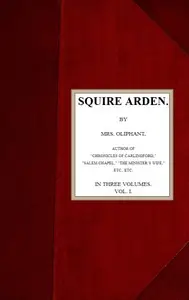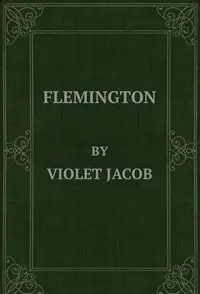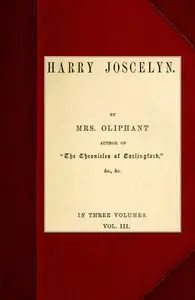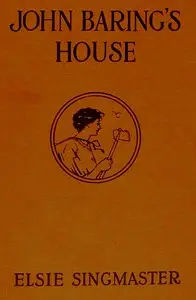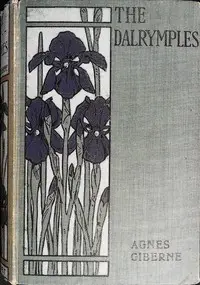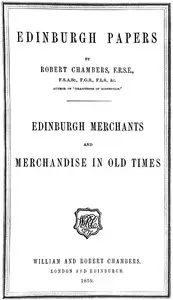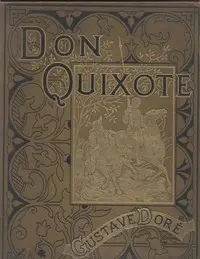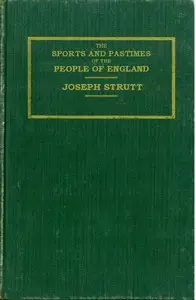"The Black Flemings" by Kathleen Thompson Norris is a story that starts with David Fleming coming back to Wastewater, the family's old home, which is full of memories and feels a little spooky. The story seems to be about a tricky family situation with David, his Aunt Flora, and his cousin Gabrielle who is about to visit, as they face the run-down but beautiful old house and the problems from the past that still affect them. The book begins with David thinking about his childhood as he gets closer to Wastewater, feeling both worried and happy about being back. The place is described in a way that makes you see its sad beauty and the rough land around it. When David meets his aunt Flora again and waits for Gabrielle to arrive, you can sense that there are hidden worries and feelings about things that happened in the family a long time ago. The beginning sets the tone of the house, which appears to contain all their complicated relationships as they handle the changes in their lives and what is expected of them because of their family.
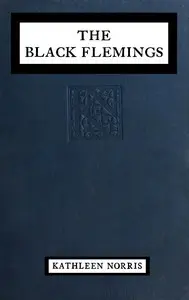
The black Flemings
By Kathleen Thompson Norris
Return to a haunting family estate resurrects long-buried secrets that threaten to consume the lives of those within its ancient walls.
Summary
About the AuthorKathleen Thompson Norris was an American novelist and newspaper columnist. She was one of the most widely read and highest paid female writers in the United States for nearly fifty years, from 1911 to 1959. Norris was a prolific writer who wrote 93 novels, many of which became best sellers. Her stories appeared frequently in the popular press of the day, including The Atlantic, The American Magazine, McClure's, Everybody's, Ladies' Home Journal, and Woman's Home Companion. Norris used her fiction to promote family and moralistic values, such as the sanctity of marriage, the nobility of motherhood, and the importance of service to others.
Kathleen Thompson Norris was an American novelist and newspaper columnist. She was one of the most widely read and highest paid female writers in the United States for nearly fifty years, from 1911 to 1959. Norris was a prolific writer who wrote 93 novels, many of which became best sellers. Her stories appeared frequently in the popular press of the day, including The Atlantic, The American Magazine, McClure's, Everybody's, Ladies' Home Journal, and Woman's Home Companion. Norris used her fiction to promote family and moralistic values, such as the sanctity of marriage, the nobility of motherhood, and the importance of service to others.


